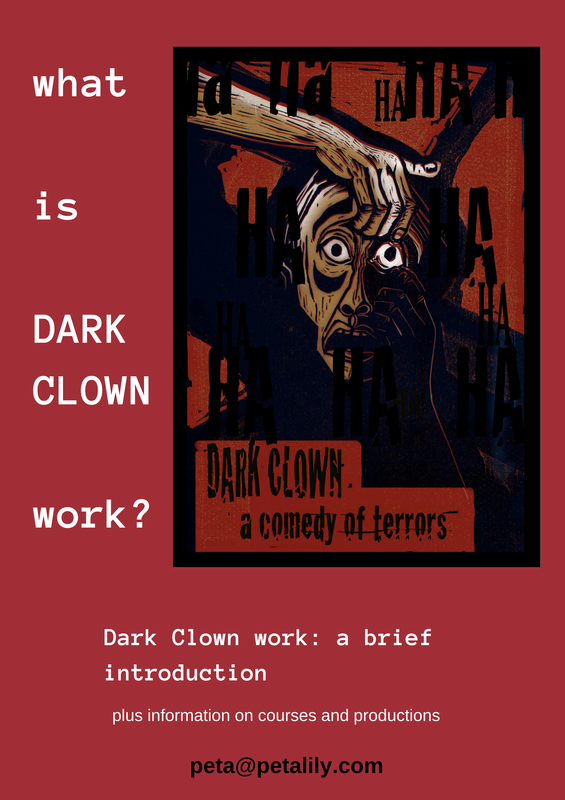• The first post will be written by Towsen and will be about women in clowning up to the time of the 'Clowns' book (1976)
• The second post will be a gallery of prominent contemporary women clowns, with text written by the performers.
I am a not a traditional Clown, but my performance work is definitely clown-informed. (Dot was a short-lived creation, made after training with Philippe Gaulier). As Three Women Mime (Britain's first all-women mime troupe 1980-83), we widened the then traditional 'everyman' mime and mixed clown with mime, and with design elements, sometimes speech and object play. As a solo theatremaker (1983 onwards), in Hiroshima Mon Amour (no relation to Marguerite Duras), I played a Piaf impersonator – a clown with a clumsy manner and a big heart. Invocation (not depicted below but mentioned elsewhere in this blog) includes a clown take on the Hero’s Journey, Topless (centre) owed a debt to clown as well as the 'Stand-up Theatre' genre of Colin Watkeys and Claire Dowie and in Chastity Belt, clowning is mixed in with spoken word, song and gently wry satire.
John Towsen has kindly invited me to write a brief description of my work for inclusion in his blog. You can find it here - below about 26 awesome female clowns ... and read on past me to see even more artists.
John's Site: http://physicalcomedy.blogspot.com
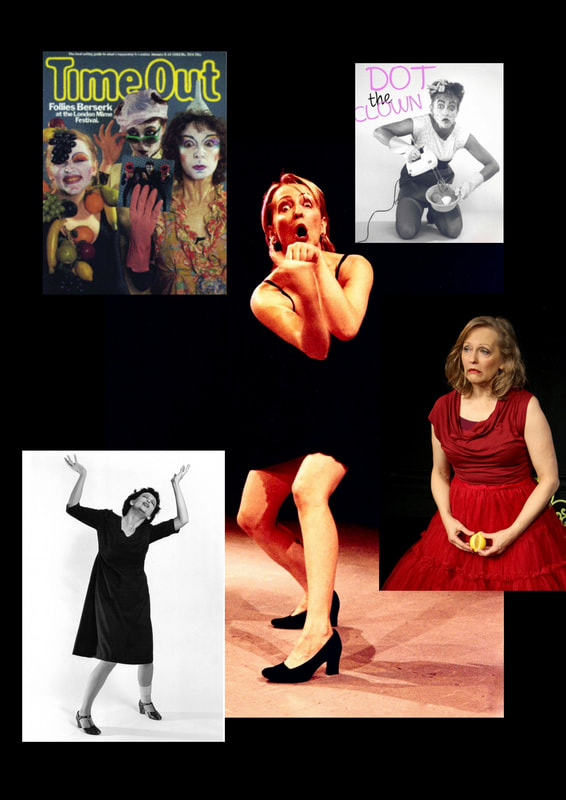
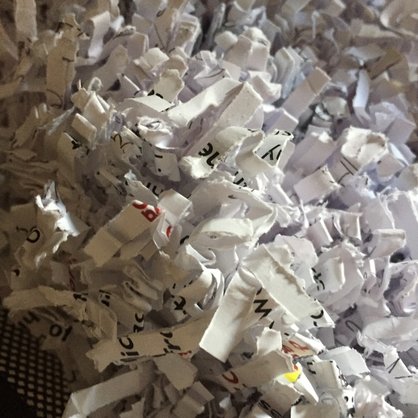
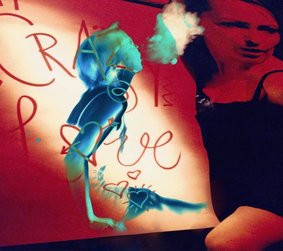
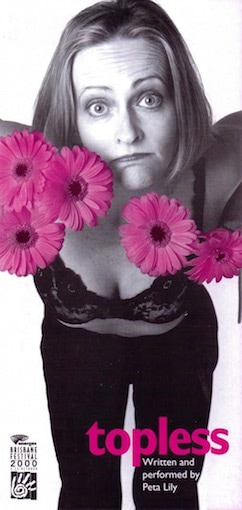
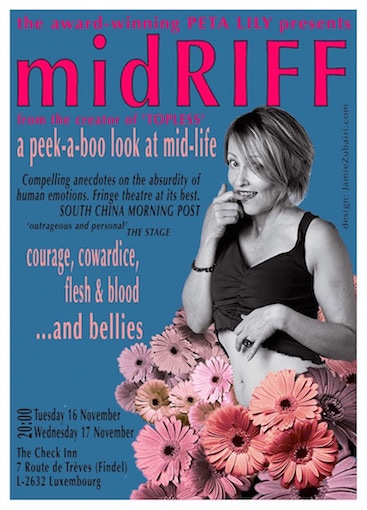
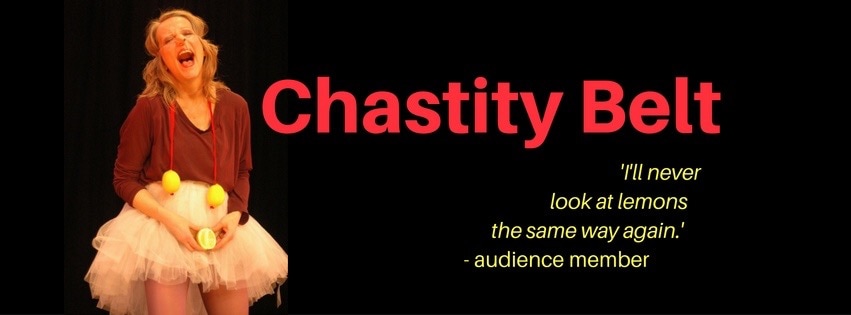
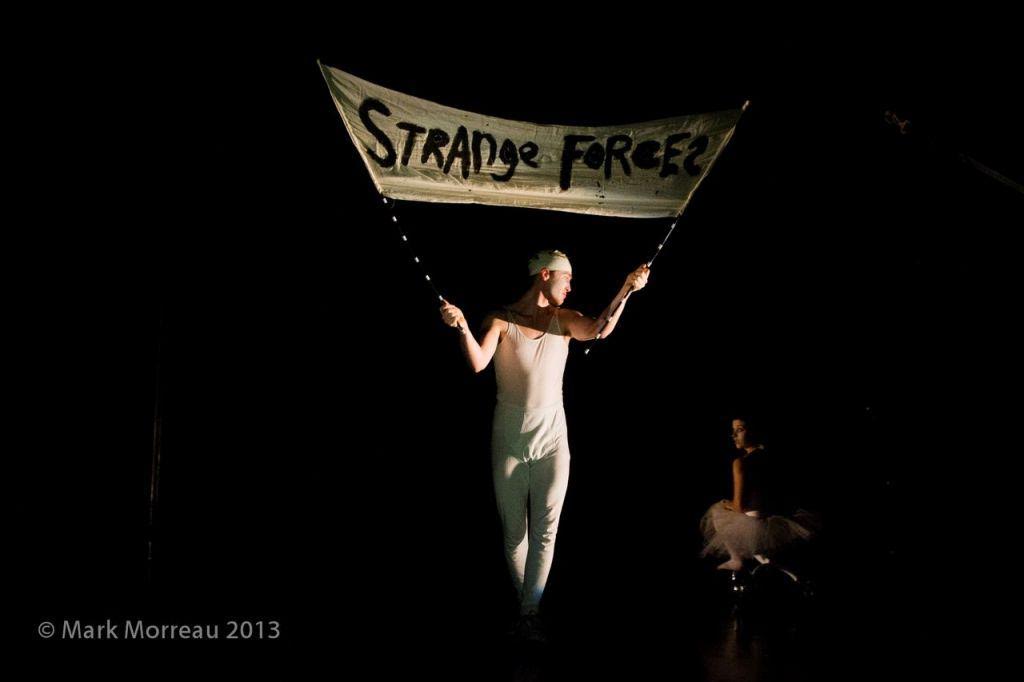
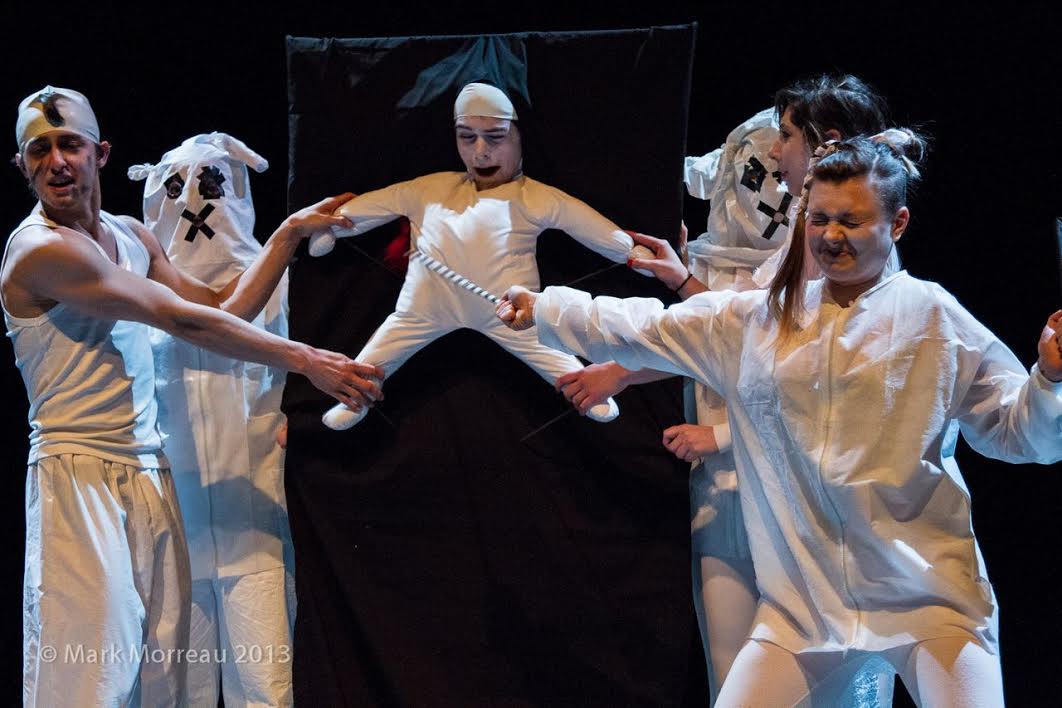
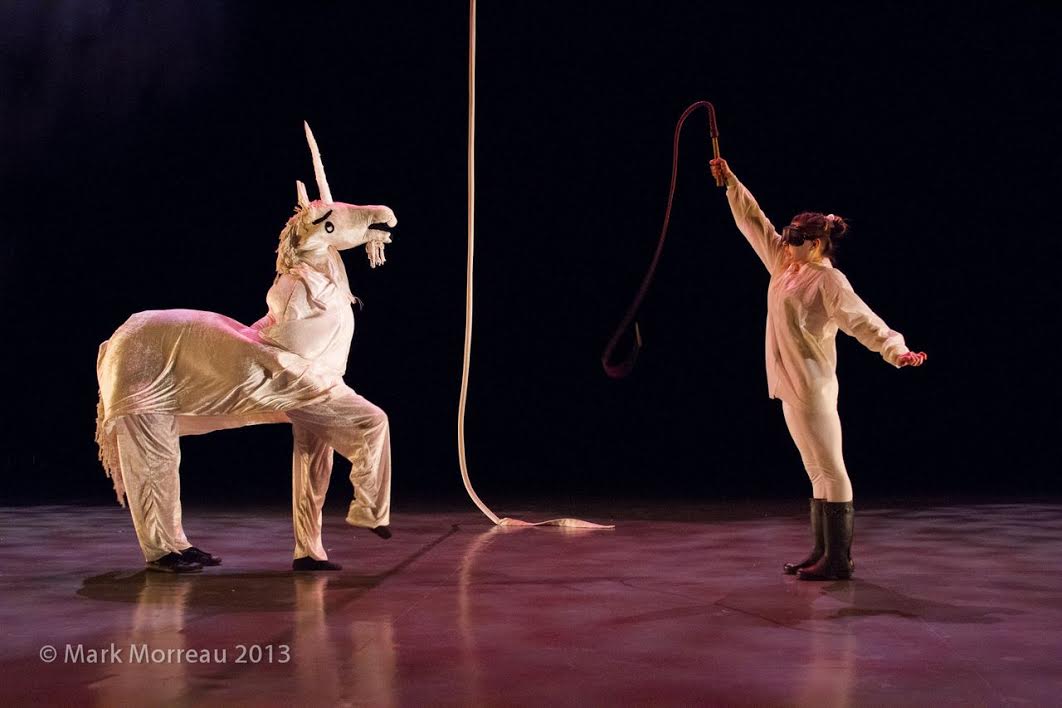
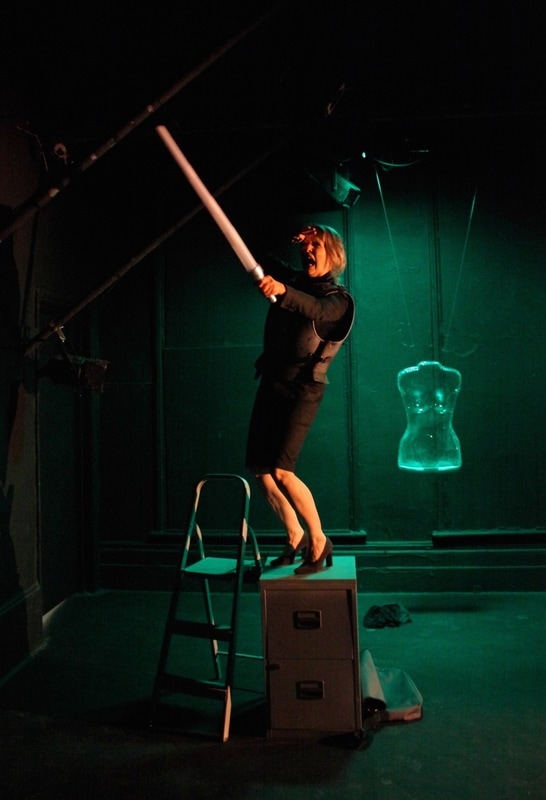
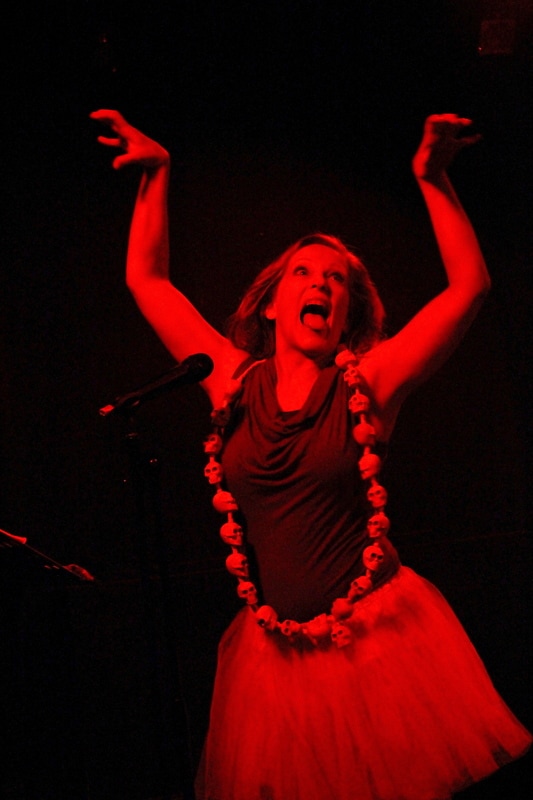
 RSS Feed
RSS Feed
